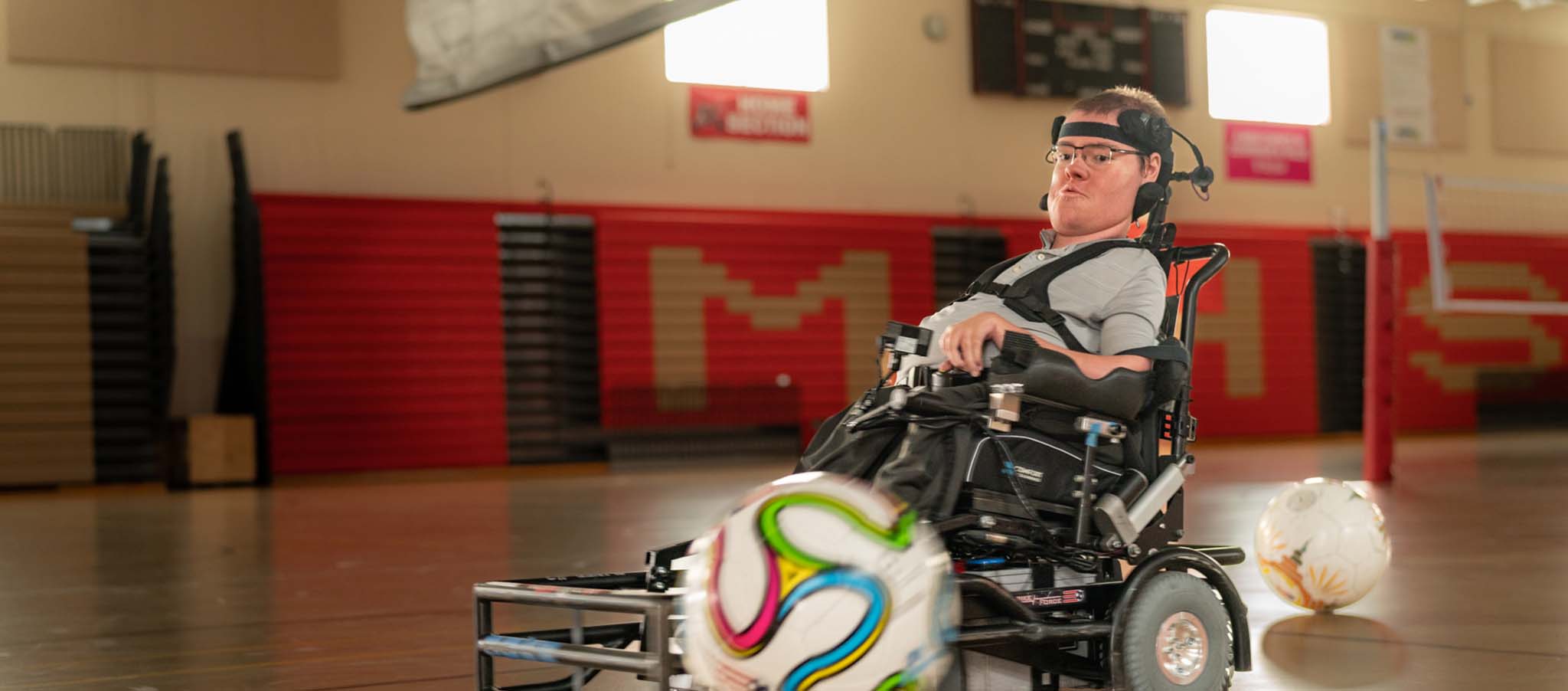Disease Areas
Spinal Muscular Atrophy

Spinal Muscular Atrophy (SMA)
SMA impacts individuals across a range of ages — from infants and children to teens and adults — with varying levels of severity. Newborns and infants can develop infantile-onset SMA, the most severe form of the disease, which may lead to paralysis and prevent infants from performing the basic functions of life, such as breathing, swallowing or holding up their heads. Later-onset SMA, a less severe but still life-altering and progressive form of the disease, is more common among children, teens and adults, who may experience significant muscle weakness and disability, such as the inability to stand or walk independently.
Our Approach
Previously, individuals with SMA and their families had no treatment options. This changed in December 2016 when Biogen received U.S. Food and Drug Administration (FDA) approval for the first therapy to treat SMA. The therapy has since been approved in more than 60 countries including in Canada and has helped thousands of patients around the world to date.
Innovative Research
Biogen’s commitment to the SMA community is unwavering, and we continue to advance leading research aimed at addressing unmet needs and improving clinical outcomes for individuals impacted by the disease.
Biogen is collaborating with Ionis Pharmaceuticals to identify new therapeutic options — specifically, new antisense oligonucleotide (ASO) candidates. We are also leveraging our learnings in SMA to advance potential therapeutic options and solutions in other neuromuscular indications with high unmet need.
Pioneering Investments
Biogen Canada is proud to have paved the way for newborn screening for SMA and its early detection with its investment in a study that led Ontario to add SMA to its newborn screening program, helping change the course of the lives of many children born with the disease.
Stories
Living With SMA: Nathan’s Story
The first time Nathan played power soccer at the age of seven, he fell in love. When he was diagnosed with SMA at a young age, there was uncertainty about his future and what he would be able to accomplish. But Nathan always strives to go beyond what’s expected, and competing independently in a sport validates his drive and desire to prove that he is not defined by his diagnosis.
Facts and Figures
1 in 40-50
Carriers of the gene that causes SMA.1
1 in 10K
Newborns around the world affected by SMA.2
< 2 yrs
Lifespan for the majority of infants with the most severe form of SMA if left without treatment.3
Local resources
A free, interactive video game designed to promote ‘fun’ physical activity in young SMA patients by challenging players to complete various sets of guided movements.
Support program for patients whom have been prescribed SPINRAZA™. Provides patients and caregivers with comprehensive, dedicated support to address each individual’s unique personal journey with SMA.
An online Canadian SMA community that strives to empower members by providing a platform where they can share stories, learn from each other’s experiences and network with others.
A disease awareness site educating on the challenges of living with SMA and providing insights into SMA care, including symptoms, care options, and perspectives from experienced caregivers and healthcare professionals on topics ranging from nutrition to adaptive equipment.
- Keinath MC, Prior DE, Prior TW. Spinal Muscular Atrophy: Mutations, Testing, and Clinical Relevance. Appl Clin Genet. 2021 Jan 25;14:11-25. doi: 10.2147/TACG.S239603.
- Ogino S, Wilson RB. Genetic testing and risk assessment for spinal muscular atrophy (SMA). Hum Genet. 2002; 111(6):477-500. doi:10.1007/s00439-002-0828-x.
- Zerres K, Rudnik-Schöneborn S. Natural history in proximal spinal muscular atrophy. Clinical analysis of 445 patients and suggestions for a modification of existing classifications. Arch Neurol. 1995;52(5):518-523. doi:10.1001/archneur.1995.00540290108025